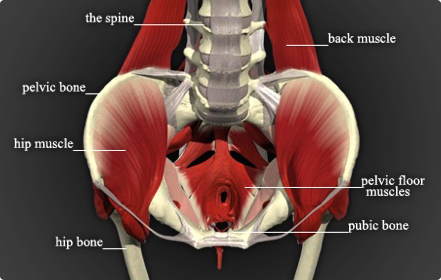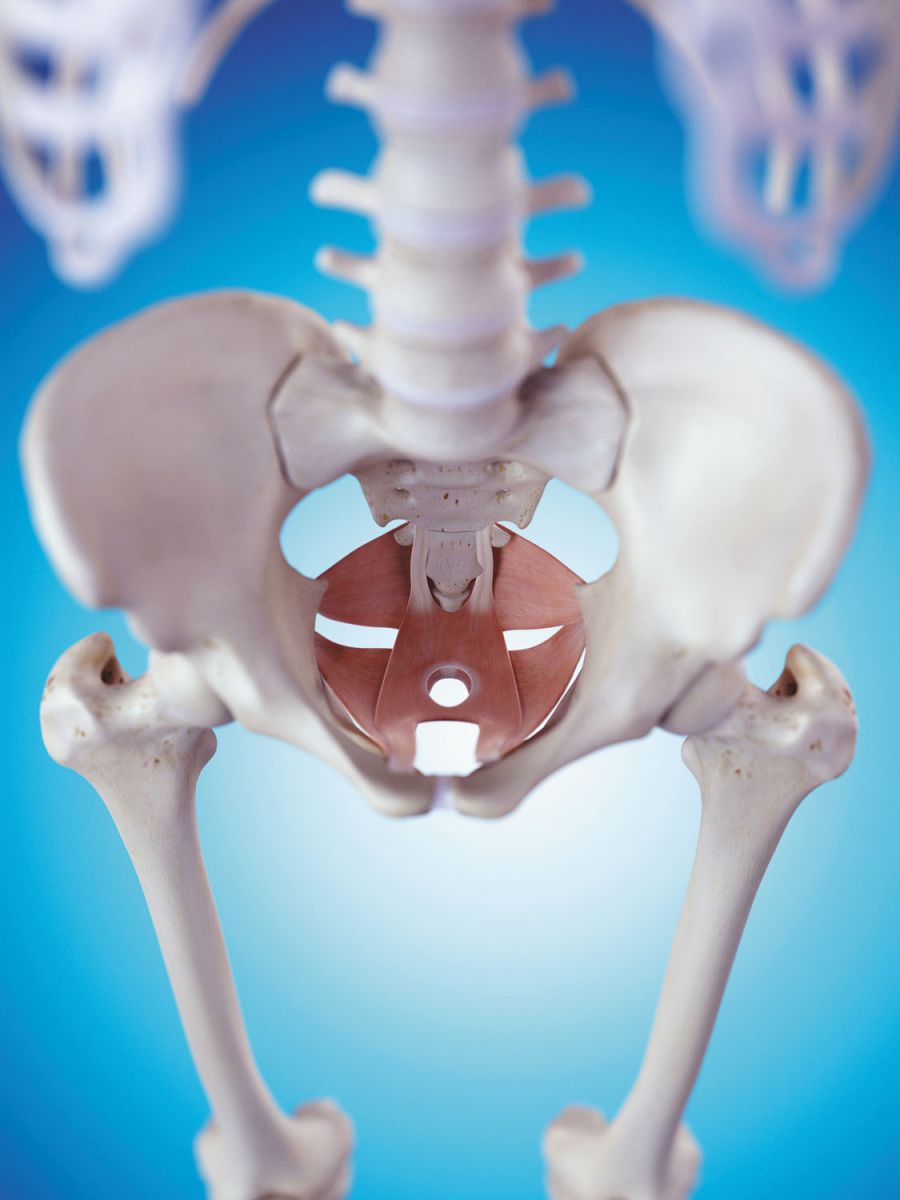Assessment of the proper functioning of the pelvic floor muscles is often overlooked.
Thank you to all the practitioners in the women’s health field for all you are doing to facilitate better health and quality of life for women of all ages. We now understand so much more about the challenges that are unique to the female body. However, you may be overlooking a very crucial piece that could change the course of wellness for so many women. Assessment of the proper functioning of the pelvic floor muscles is often overlooked. Symptoms are treated with hormones, devices and drugs. We have all kinds of products to cover up some of the issues that happen to so many of us, young and old, healthy and not so healthy. But what about the muscles that support the organs?
This is a step that is often missed…
Are the pelvic floor muscles working the way they should?
Are the muscles activating correctly?
Does your patient know how to breathe properly to facilitate a basic property of pelvic floor functioning.
What Information is Important?
I treat so many women who do not have overt pelvic floor symptoms but have the beginnings of prolapse and pelvic floor weakness. When I ask some basic questions about how their bladder functions or their sexual health, I get answers like: “I just leak the normal amount”, or “I haven’t had much of a libido since the birth of my child”. Our body learns to compensate for these very common issues and will override the initial signals. The first place that many women go for these problems is their health care providers. Unfortunately for many of them, they are not getting the most important information that could help them turn these symptoms around.
The 4 Primary Functions of the Pelvic Floor Muscles:
The pelvic floor muscles have four primary functions.
- They support the organs preventing prolapse.
- They have sphincters that allow for normal holding and releasing of the bowel and bladder.
- They provide sensation that is part of normal sexual function.
- Last but not least, they provide stability and support for the lumbar spine and pelvis which includes the abdominals and gluteals, ultimately affecting the support of the entire body.
What are some common issues that can arise from improper functioning of the pelvic floor muscles?
The following is a list of common problems that can easily be treated by addressing the musculoskeletal component of the pelvic floor:
- Incontinence- bowel and bladder
- Pelvic floor dysfunction: pelvic pain
- Dyspareunia: pain with intercourse
- Adhesive scar tissue
- Infertility
- Painful bladder (interstitial cystitis)
- Urinary retention
- Constipation
- Diastasis rectus abdominis (separation of abdominals- usually from pregnancy)
- Pelvic floor prolapse
- Pregnancy and post partum pain
- Endometriosis
- Vulvadynia and Vulvavestibulitis
- Musculoskeletal imbalances of the lumbar spine and pelvis- leading to back pain and spinal instability

Pelvic floor muscles image
Men also have a pelvic floor.
I also want to mention that men also have a pelvic floor. The focus of this article is women’s health so I am not going to go into depth on men’s issues but just want to point out a few things. The muscles of the pelvic floor are at the very bottom of the spine. They span from public bone to tail bone and hip to hip. These muscles are subjected to a lot of compression from more constant sitting, lack of proper exercise and poor nutrition. We live in a fast paced society with often high stress levels. These muscles have a tendency to be “up regulated” which means that they don’t relax the way they should. They tend to be held in a higher tension mode which limits proper blood flow. Limited blood flow means poor oxygenation and stagnation of this area ultimately leading to poor function of the muscles and organs in that area.
Symptoms in Men with Pelvic Floor Issues:
Men can also have bowel and bladder symptoms of urgency, frequency and incontinence or constipation and retention. They can also have pelvic pain and pain with erection or ejaculation. Poor sexual functioning with erectile dysfunction is often treated with a drug that increases blood flow to the pelvic organs. Why not increase it naturally by opening up the fascia and increasing circulation? Prostatitis is often treated with antibiotics even though it is rarely bacterial. Again, why not treat the prostate directly and open up the blood flow to get better circulation to that important organ?
A Failure in our Health Care System?
I may sound like I am complaining about our health care system. I guess that I am, just a little. I have so much respect for the amazing life saving skills of our health care profession. I do feel that we tend to fall a little short when we are dealing with issues that are not life threatening but tend to have a huge effect on the quality of our daily life. Talk to a woman who has become cut off from her social circles because she is embarrassed by her leaky bladder or even worse, leaky bowel. How about the new mom who can no longer tolerate intimacy with her partner or just does not have the same enjoyable sensations. There are so many ways to treat the “problems down there” that will absolutely get at the problem vs controlling it with drugs or hiding it with products.

Addressing Low back and abdominals for pelvic floor therapy
30 + Years of Experience…
I have been involved in this field for over 30 years and have learned a lot through the many men and women who I have been privileged to treat as well as dealing with my female body as I go though the natural changes of aging. Manual therapy and especially myofascial release with proper retraining of the pelvic floor muscles can effectively treat so many of the complex pelvic floor diagnoses without the use of drugs, devices or expensive products. It can also help stabilize the low back, abdominals and pelvis which causes needless suffering for so many people.

Pelvic floor therapy for pain during pregnancy
Help Your Patients
In summary, please consider sending your patients to a therapist who is trained to treat the pelvic floor muscles and addresses it from a whole body perspective. You will become their hero as it will address an over looked and important area of the body. You have nothing to lose and your patient has so much she can gain… like getting her life back. The therapists at Verde Valley Myofascial Release have specialized training for treatment of the male and female pelvic floor. Find out what it feels like to have your pelvic floor working properly.
Jody Hendryx, PT

